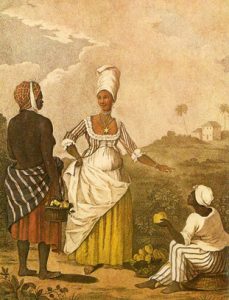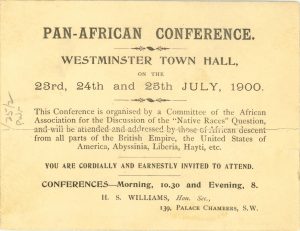race
Matthew Lewis on ‘the highest object of the brown females of Jamaica’
08 February 1816
DURING an overnight stop in Rio Bueno en route to his estate in Cornwall, Lewis falls into conversation with his landlady – “a very pretty brown girl.” She tells Lewis she is the wife of an English merchant in Kingston who has provided her with a house. Lewis comments: “This kind of establishment is the highest object of the brown females of Jamaica; they seldom marry men of their own colour, but lay themselves out to captivate some white person who takes them for mistresses, under the appellation of housekeepers.” Lewis ends his dairy entry with a patronising jingle about these ambitions. His observations about mulatto women clearly reflect prevailing beliefs about the sexual appetites of women of colour and they also underline the way in which European prejudices based on race, colour and caste had become internalised at every level of Jamaican society.
The first Pan African Conference
23-25 July 1900
PAN-AFRICANIST ideals emerged in the late nineteenth century in response to European colonization and exploitation of the African continent. Pan-Africanist philosophy held that slavery and colonialism depended on and encouraged negative, unfounded categorizations of the race, culture, and values of African people. These destructive beliefs in turn gave birth to intensified forms of racism, the likes of which Pan-Africanism sought to eliminate. The first conference was held in London in Westminster Town Hall (now Caxton Hall) and was attended by 37 delegates and 10 observers.


